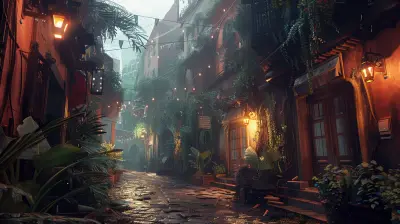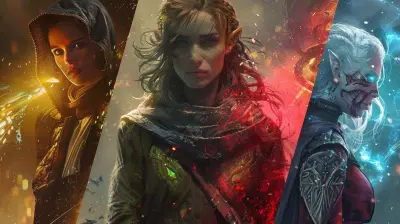Why Some Game Characters Resonate More Than Others
1 October 2025
Ever played a game and found yourself tearing up over a character's fate, even days after putting the controller down? Or cheering them on like a close friend finally overcoming their struggles? Yeah, we’ve all been there. Some video game characters just hit different. They're more than pixels or lines of code—they feel real. But why is that? Why do certain characters stick with us, while others blur into the background?
Let’s dive into what makes some game characters resonate more than others. Spoiler alert: it’s not just about cool powers or flashy outfits.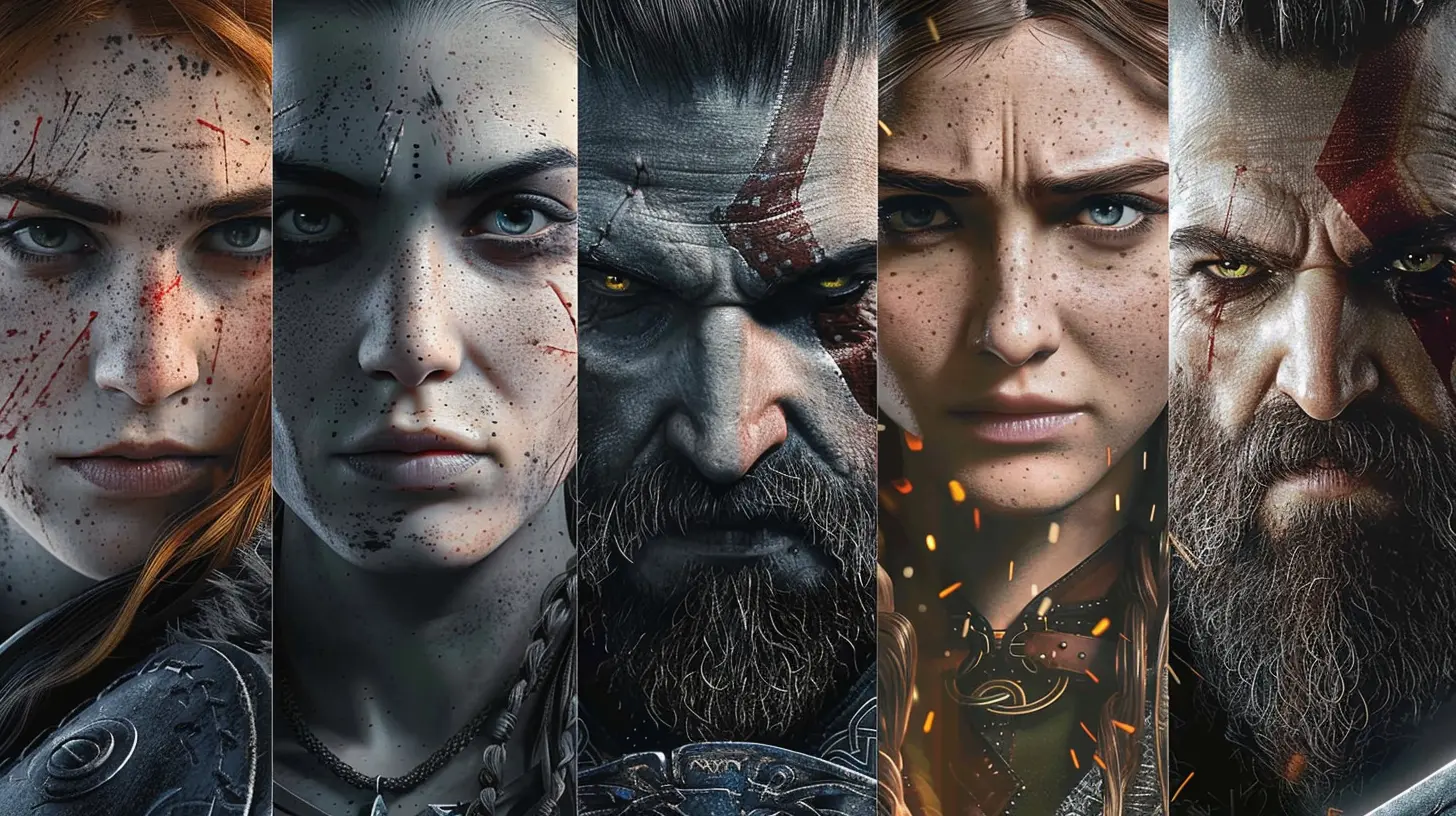
The Power of Storytelling: Characters Are More Than Their Stats
Let’s be real—it doesn’t matter how overpowered your character is if they have the emotional depth of cardboard. Storytelling is the soul of character connection. When game developers invest in compelling narratives, character development follows like a loyal sidekick.Think about Joel and Ellie from The Last of Us. Their story isn’t just about survival in a post-apocalyptic world—it’s about love, loss, and the raw, messy emotions that come with being human. We don’t just play as them; we feel with them.
When a character has a gripping backstory, personal struggles, and growth over time, it’s like watching a friend grow up. And that emotional investment? That’s what makes them unforgettable.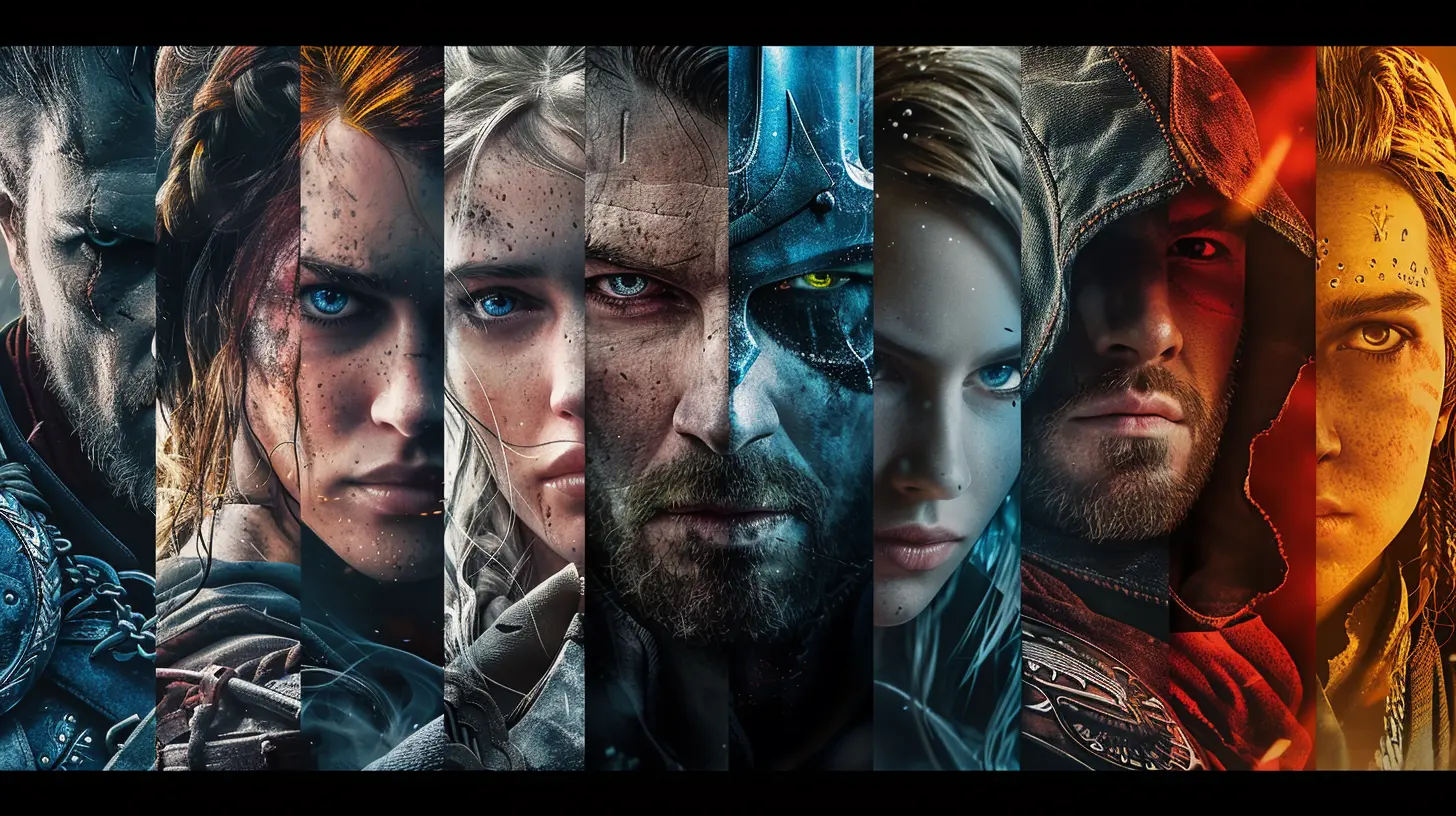
Relatability: Seeing Ourselves in the Game
Characters that reflect aspects of ourselves, our struggles, or even our dreams tend to hit closer to home. Whether it’s Kratos trying (and failing) to be a good dad in God of War, or Max Caulfield dealing with teenage angst and time-traveling complications in Life is Strange, these characters resonate because they face things we understand—family drama, grief, identity crises, or big moral decisions.When we relate to a character, we’re emotionally tethered. It’s like looking in a digital mirror—we see parts of our own lives, choices, and fears reflected back at us.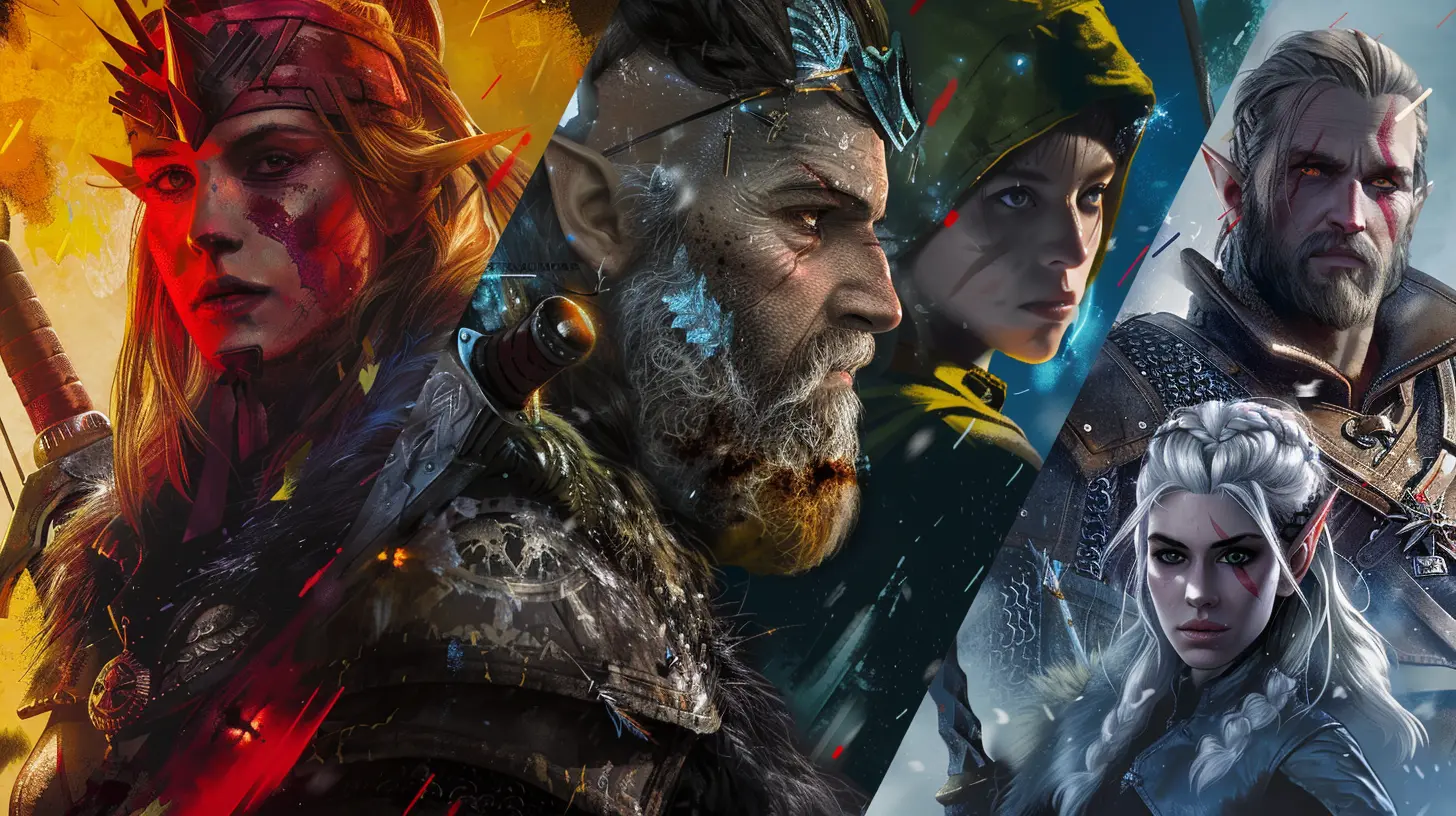
Voice Acting and Animation: Breathing Life Into Pixels
You know when a line of dialogue hits you right in the feels? That’s voice acting at work. Talented voice actors can transform a script into something real, raw, and heart-pounding. It’s the difference between a decent character and one you’d literally go to war for.Troy Baker as Joel, Jennifer Hale as Commander Shepard, or Roger Clark as Arthur Morgan—these performances lived. They gave emotional weight to every word, grunt, or sigh. Combine that with lifelike animations that show subtle expressions—like a furrowed brow or trembling hands—and suddenly, it doesn’t feel like you’re watching a game. You’re watching a person.
Animation also plays a massive part. When character movement and facial expressions align with what they’re feeling, it creates that uncanny sense of presence. It’s not just acting—it’s being.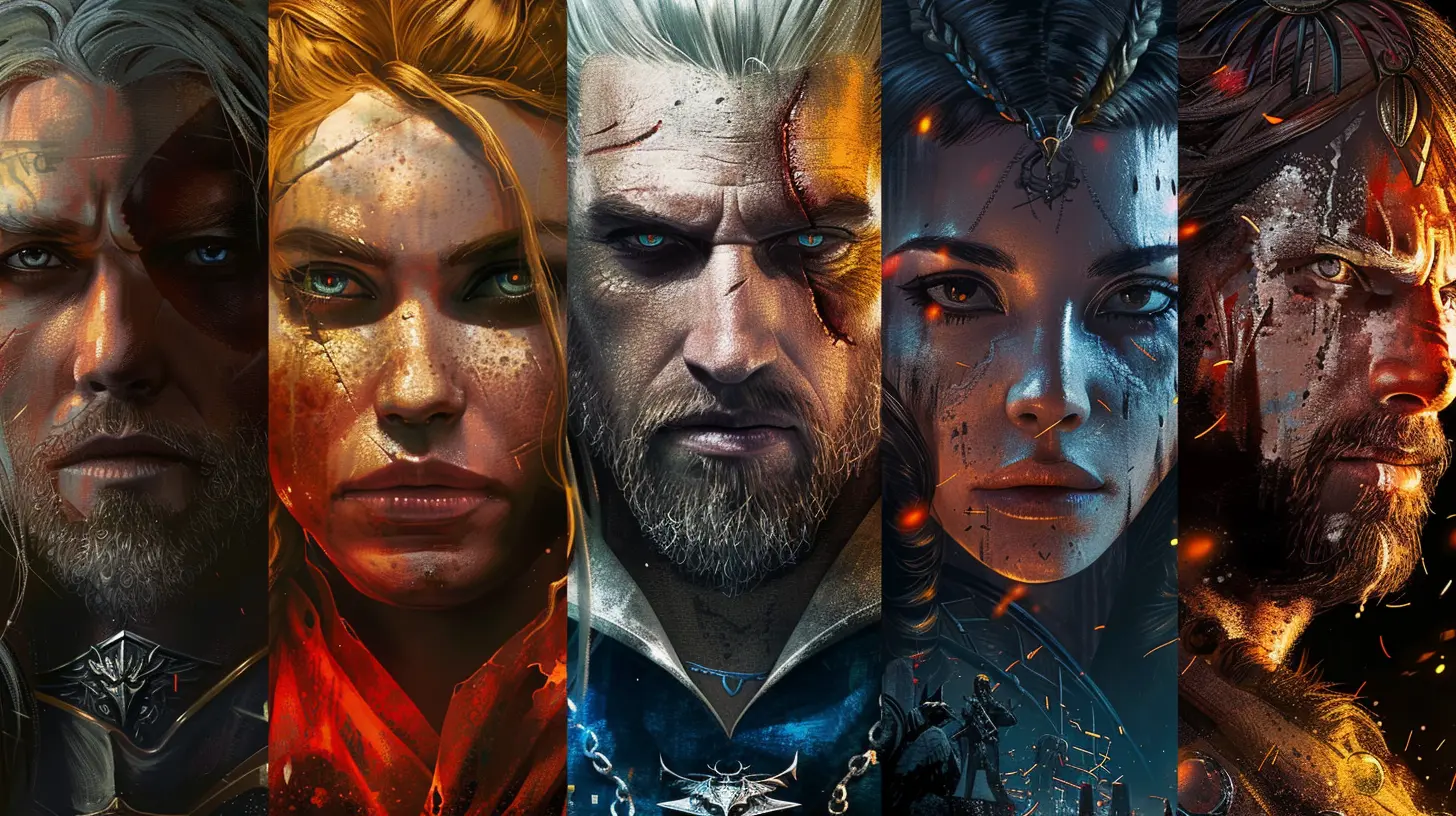
Character Arcs: Growth That Feels Earned
Flat characters are the worst, right? The ones who start and end the game exactly the same—no growth, no conflict, no change. Real people evolve, and so should memorable game characters.Let’s look at Arthur Morgan from Red Dead Redemption 2. He starts off as a loyal outlaw, hardened by life. But as the story unfolds, we see layers of regret, reflection, and a man trying to do right with the time he has left. His transformation isn’t handed to us—it’s gradual, earned through choices, experiences, and heartbreak.
When characters change in believable, meaningful ways, we connect deeper because we’ve walked that journey with them.
Player Agency: When You Shape the Character
Some of the most memorable characters are the ones you help shape. Think of Commander Shepard (Mass Effect) or Geralt of Rivia (The Witcher series). Sure, they come with their own personalities and histories, but you—yes, you—make the big decisions that influence who they become.When games give you agency, you feel like a co-author of that character’s story. Every difficult choice, every moral dilemma—it all creates a shared path. That investment means you care more because it’s partly your story, too.
Iconic Design and Memorable Traits
Let’s not ignore the visual and behavioral side of things. Some characters stick with us because they’re instantly recognizable. Think of Lara Croft’s dual pistols, Sonic’s blue blur, or Master Chief’s green armor and reflective visor.Iconic design isn’t just about looking cool—it’s also about symbolizing who the character is. Subtle things like posture, voice, clothing, or even catchphrases cement a character’s place in our minds.
Take Cloud Strife’s massive Buster Sword in Final Fantasy VII. It's not just a weapon—it’s a metaphor for the burdens he carries. That kind of design detail tells a story without a single word.
Emotional Connection Through Struggle
Characters who suffer, stumble, and rise again are often the ones we root for the hardest. Why? Because struggle is universal. Nobody connects deeply with a perfect, unflawed hero. We crave imperfections because they’re real.Ellie from The Last of Us Part II, for instance, is complicated. You may not agree with all her choices, but you can’t deny the emotional journey she goes through. She’s broken, stubborn, loving, vengeful—and it’s messy in a way that feels real.
When a character faces trials and still pushes forward, it stirs something inside us. It reminds us of our own battles and the strength it takes to keep going.
Nostalgia: The Emotional Echo Chamber
Let’s not underestimate the power of nostalgia. Sometimes, characters resonate because they remind us of simpler times. Maybe you grew up adventuring with Link, or collecting Pokémon with Ash and Pikachu by your side. These characters are like old friends—we know they’re fictional, but they’ve been there during real chapters of our lives.Revisiting them in new games or reboots often triggers a rush of emotions, tied to memories beyond the screen. That emotional echo chamber makes them feel timeless.
Community and Cultural Impact
Sometimes it’s not just what a character means to you, but what they represent to a larger audience. Characters like Aloy from Horizon Zero Dawn or Lee Everett from The Walking Dead stand out because of how they challenge norms, offer representation, or break stereotypes.When a character embodies a voice that’s been unheard or highlights underrepresented narratives, they strike a different kind of chord. They resonate on a cultural level, inspiring conversations, fan art, cosplay, and even social movements.
That community connection amplifies their impact and gives them lasting power in the gaming world.
Emotional Payoff: That "Oof" Moment
You know the moment. The twist that leaves you gasping. The death that leaves you shattered. The final choice that makes you stare blankly at the screen, questioning everything. That’s emotional payoff—and it leaves a permanent mark.Whether it’s Aerith’s death in Final Fantasy VII, the ending of Red Dead Redemption 2, or Undertale’s moral consequences, these climaxes pack a punch. They’re not just shocking for drama’s sake—they’re built on hours of emotional investment that pay off in spades.
When a story ends with a gut-punch or a warm, fulfilling resolution, the characters become etched into memory. You carry them with you.
So, Why Do Some Characters Resonate More?
Great characters are a cocktail—a mix of storytelling, emotion, relatability, growth, and design. They feel like real people in virtual worlds. They make us laugh, cry, scream, or reflect. They challenge our morality, mirror our own journeys, and sometimes, become part of our personal story.It’s one thing to play a game. It’s another to live it through a character’s eyes.
So the next time you find yourself missing a character after the credits roll, remember—it wasn’t just a game. It was a shared journey. And that’s the magic of gaming at its best.
Final Thoughts
In this vast universe of gaming, not every character will leave a mark. But the ones that do? They stay with us, long after we’ve powered off. They become symbols of something greater—resilience, love, sacrifice, or simply what it means to be human in a digital world.So here’s to the characters who make us feel all the feels. The ones we cry for, fight for, and never forget.
Because in the end, it's not just about the game—it’s about the connection.
all images in this post were generated using AI tools
Category:
Best Game CharactersAuthor:

Luke Baker
Discussion
rate this article
1 comments
Jessamine Brown
Because who doesn't love a hero with a quirky backstory?!
October 8, 2025 at 5:00 PM

Luke Baker
Absolutely! Unique backstories add depth and relatability, making characters more memorable and engaging.

